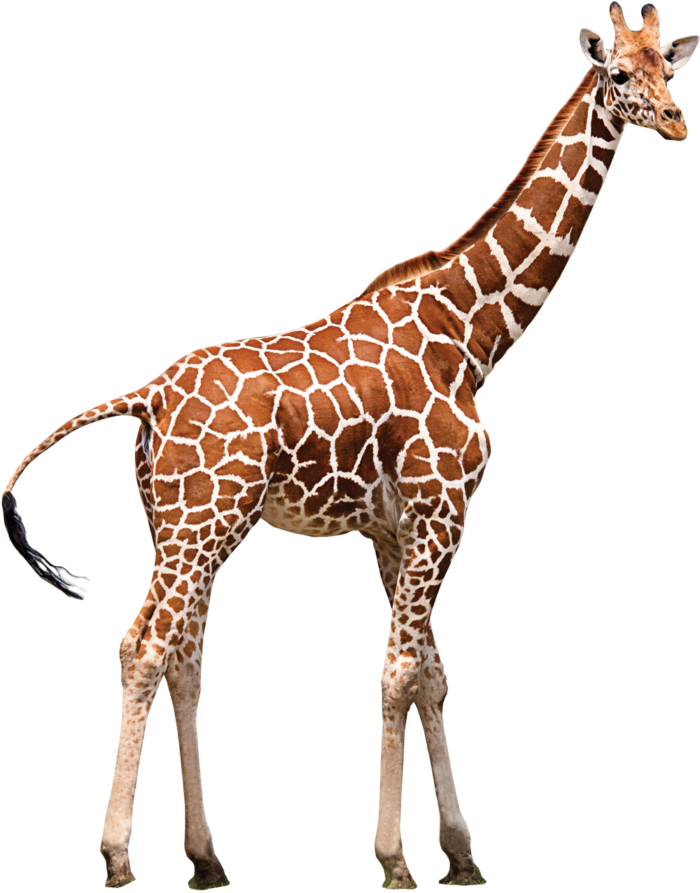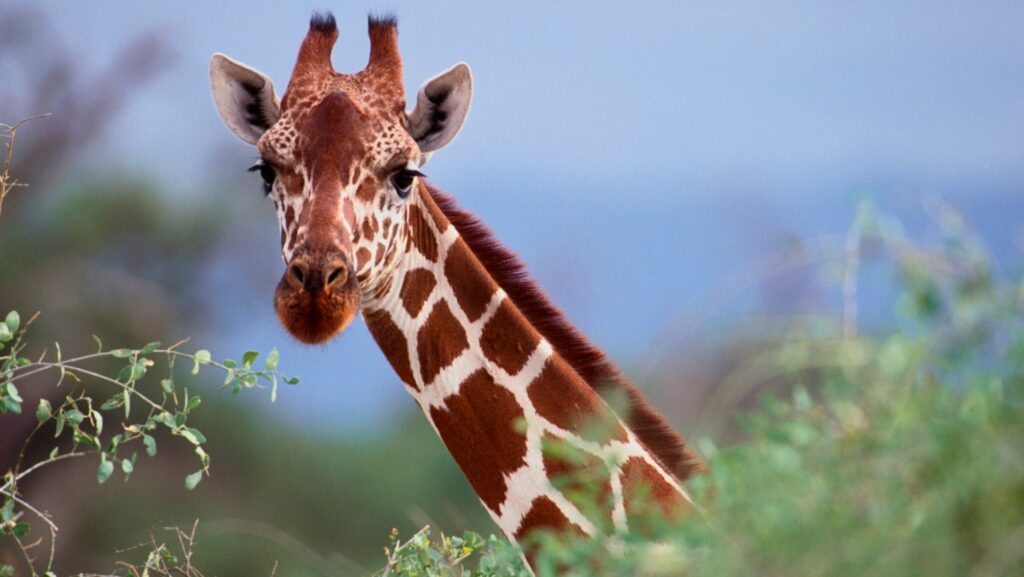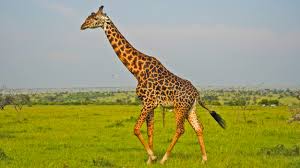Giraffes are one of the most iconic and awe-inspiring animals on the planet. Known for their towering height, graceful movements, and distinctive spotted coats, giraffes capture the imagination of people all over the world. Whether you’ve seen one in a zoo, watched documentaries, or dreamed of encountering these magnificent creatures in the wild, there’s so much to learn about giraffes and what makes them so unique. In this blog, we’ll dive into the fascinating world of giraffes—exploring their habits, habitats, and how we can help protect these gentle giants.
What Are Giraffes?
Giraffes are easy to recognize due to their distinctive and graceful appearance. Some key physical traits include:

The most notable feature of giraffes is, of course, their long necks. This distinctive trait has evolved over millions of years, allowing giraffes to reach high branches and access food that other herbivores cannot. Their long necks are supported by just seven vertebrae, the same number as humans and other mammals, though each of these vertebrae is incredibly elongated.
Physical Features of Giraffes
Giraffes are easy to recognize due to their distinctive and graceful appearance. Some key physical traits include:
As mentioned, giraffes are the tallest mammals, with males standing up to 18 feet tall and females typically a bit shorter.
Their long necks give them access to food high in trees and help with mating displays, where males will “neck” to fight for the attention of a female.
Giraffes are covered in a unique coat pattern made up of irregular patches that vary in size and shape between individuals. These patches are typically light brown or orange, bordered by white or cream-colored lines.
Their legs are long and powerful, allowing them to run at speeds of up to 35 miles per hour (56 km/h) when needed.
A giraffe’s tongue can be up to 18 inches long and is prehensile, meaning it can grasp and pull leaves from high branches. Their dark-colored tongues help protect them from sunburn while reaching for food.
Giraffe Behavior and Diet

Giraffes are herbivores and spend most of their time browsing for food, mainly from the leaves of acacia, mimosa, and other trees. They can eat up to 75 pounds (34 kg) of foliage per day! Despite their towering size, giraffes have a peaceful and calm demeanor, and they usually live in loose, fluid herds that change in composition over time.
Diet and Feeding:
iraffes primarily eat leaves, twigs, and fruits, preferring the higher parts of trees. Their long necks and tongues make it easy for them to access food that other animals can’t reach.
Giraffes don’t need to drink water every day, as they get most of their moisture from the plants they consume. However, they will drink from rivers or waterholes when available.
Behavior:
Males often engage in “necking” fights, where they swing their necks and use their heads as a battering ram to establish dominance. The winner of these contests earns the right to mate with nearby females.
Giraffes are social animals, often forming loose groups that are typically made up of females and their young. Males tend to wander alone or form bachelor groups.
Habitat and Distribution
Giraffes are found in various parts of Africa, with populations spread across the continent in countries like Kenya, South Africa, Namibia, and Tanzania. They thrive in open savannas, dry forests, and grasslands, where they can easily access their primary food source—trees.
However, giraffes’ habitats are increasingly threatened by human activities, such as deforestation, habitat loss, and human-wildlife conflict. As a result, some giraffe populations are now considered vulnerable or endangered.
Giraffe Conservation and Protection
Despite their status as one of Africa’s most recognizable animals, giraffes face significant threats. As habitats shrink and human settlements expand, giraffe populations are decreasing. Habitat destruction, poaching, and the illegal wildlife trade are among the primary challenges to giraffe conservation.
There are several ways we can help protect giraffes and ensure their survival:
Many giraffe populations are found in protected national parks and wildlife reserves. Supporting these conservation areas helps preserve giraffe habitats.
Encouraging sustainable land use practices can minimize conflicts between giraffes and local communities. This may include creating wildlife corridors and buffer zones to allow giraffes to roam freely.
Educating the public about giraffe conservation issues can help garner support for giraffe protection initiatives and create lasting change.
Fun Giraffe Facts
- Giraffes sleep for only about 4.6 hours per day, and they sleep standing up!
- They can run at speeds of 35 miles per hour, despite their large size.
- A giraffe’s heart weighs around 25 pounds (11 kg) and is necessary to pump blood all the way up to their head.
- The pattern on each giraffe’s coat is unique, like human fingerprints.
- Giraffes communicate with each other using low-frequency sounds, some of which are inaudible to humans.
Conclusion: Why We Should Protect Giraffes
Giraffes are a true marvel of nature—elegant, peaceful, and important to the ecosystems they inhabit. Unfortunately, they face many challenges due to habitat loss and human activities. By supporting giraffe conservation efforts and promoting sustainable practices, we can help ensure that these magnificent creatures continue to thrive for generations to come.

